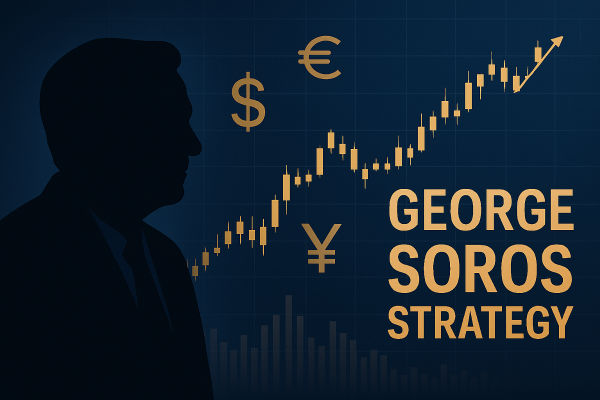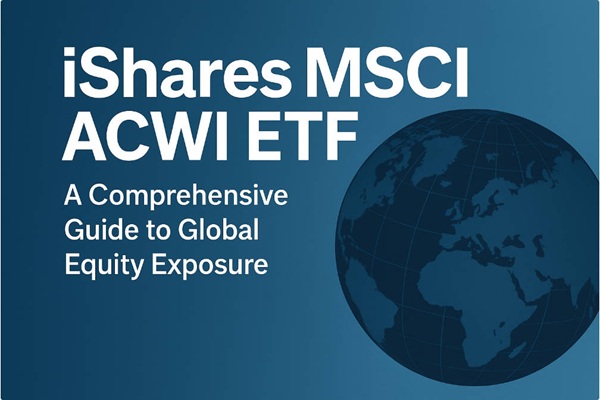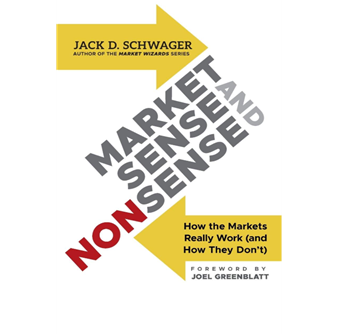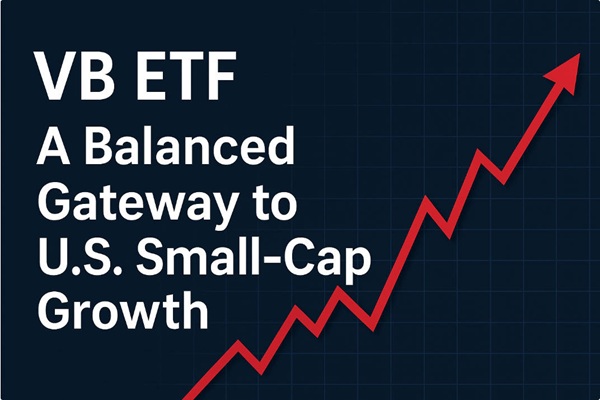Indian and global equity markets delivered a mixed performance at the close of last week, with Indian benchmarks surging while major US indices retreated.
This divergence highlights the persistent stock market volatility that traders must navigate as macroeconomic and geopolitical risks continue to drive sentiment.
Sensex and Nifty Rally on Strong Domestic Cues

On 20 June 2025, Indian markets staged a robust rebound, snapping a three-day losing streak. The BSE Sensex jumped 1,046.30 points, or 1.29%, to settle at 82,408.17, while the Nifty 50 gained 319.15 points, or 1.29%, closing at 25,112.40. This marked the steepest one-day gain for both indices in more than two weeks.
The rally was fuelled by several factors:
-
Strong domestic liquidity: Continued inflows from both foreign and domestic institutional investors supported the uptrend.
-
Softening global crude oil prices: Lower oil prices provided relief for India's import-heavy economy, easing inflationary pressures.
-
Optimism over RBI reforms: New project finance guidelines from the Reserve Bank of India boosted sentiment in banking and financial stocks.
Sector leadership: Shares of the Multi Commodity Exchange (MCX) soared 4.14% to a record ₹8,085 (about $97), with MCX up 30.2% over the past month on the back of regulatory approval for electricity derivatives and strong institutional interest.
Overall, the market capitalisation of BSE-listed companies rose by over $47.9 billion in a single session, bringing the total to approximately $4.97 trillion.
US Indices Slip Amid Macro and Geopolitical Risks
In contrast, US equity markets ended the week on a softer note. On Friday, 20 June 2025:
-
S&P 500 closed at 5,464.62, down 0.16% for the day.
-
Nasdaq Composite finished at 17,688.88, a decline of 0.18%.
Dow Jones Industrial Average dropped 0.77% to 39,150.33.
The pullback reflected several headwinds:
-
Fed policy and economic data: The Federal Reserve's decision to hold rates at 4.25%–4.5% and weaker-than-expected May retail sales (-0.9%) reinforced concerns about slowing growth and persistent inflation.
-
Volatility triggers: Triple witching (the simultaneous expiry of stock options, index options, and futures) added to volume-driven volatility.
Geopolitical uncertainty: Ongoing tensions in the Middle East and uncertainty over US tariff policy continued to weigh on risk appetite.
Despite the weekly dip, both the S&P 500 and Nasdaq remain near all-time highs, supported by resilient tech and growth stocks. However, the Dow's underperformance signals caution among institutional investors, especially in value and cyclical sectors.
Global Markets: Divergence and Correlation
While Indian and US markets diverged, global equity markets overall remain volatile:
-
Europe: Major indices were mixed, with the FTSE 100 and DAX 40 facing pressure from trade risks and sector-specific earnings concerns.
-
Asia-Pacific: Japan's Nikkei 225 and Hong Kong's Hang Seng showed muted moves as investors awaited key economic data and central bank signals.
Volatility indices: The S&P 500 VIX index fell to levels last seen in early 2025, suggesting some complacency even as downside risks persist.
Notably, the correlation between US tech stocks and cryptocurrencies has increased, meaning sharp equity moves can trigger corresponding shifts in digital assets. Traders in both markets should monitor macroeconomic releases and Fed commentary closely.
Key Drivers for Traders to Watch

-
Macroeconomic data: Upcoming US GDP and core PCE inflation reports, as well as India's PMI and inflation figures, will set the tone for risk assets.
-
Central bank policy: Fed and RBI statements remain crucial for market direction, especially as traders gauge the timing of potential rate cuts.
-
Sector rotation: In India, financials, commodities, and infrastructure stocks are leading, while in the US, tech and growth remain resilient but face valuation scrutiny.
-
Global risks: Geopolitical tensions, especially in the Middle East, and the looming expiry of US tariff suspensions are key volatility triggers.
Technical levels: The S&P 500 is holding above its 21-day EMA, while the Dow is below it. In India, Sensex and Nifty broke above short-term resistance, but traders should watch for profit-taking after the sharp rally.
Trading Strategies Amid Stock Market Volatility

Given the current environment, traders may consider:
-
Diversification: Spreading exposure across regions and sectors to manage risk.
-
Tactical allocation: Rotating into sectors showing relative strength, such as Indian financials or US tech, while remaining alert to reversal signals.
-
Risk management: Using stop-loss orders and position sizing to protect against sudden swings.
-
Macro monitoring: Staying updated on economic releases and policy announcements that can quickly shift sentiment.
Correlation awareness: Watching for spillover effects between equities and crypto, especially on high-volatility days.
Closing Statement
Stock market volatility remains elevated as global indices respond to shifting macroeconomic and geopolitical factors. For traders, staying nimble, data-driven, and risk-aware is essential as opportunities and risks evolve across regions.
Disclaimer: This material is for general information purposes only and is not intended as (and should not be considered to be) financial, investment or other advice on which reliance should be placed. No opinion given in the material constitutes a recommendation by EBC or the author that any particular investment, security, transaction or investment strategy is suitable for any specific person.























